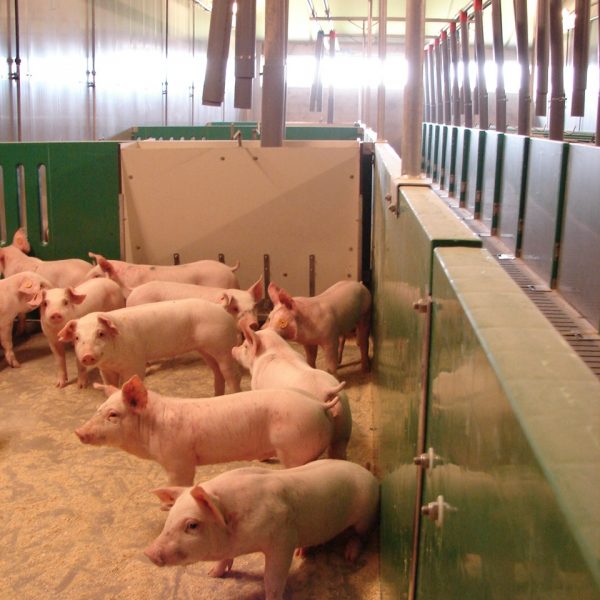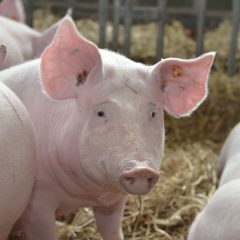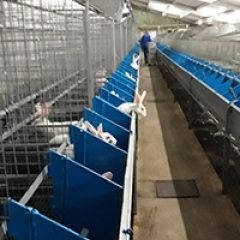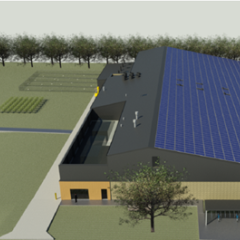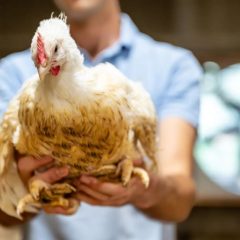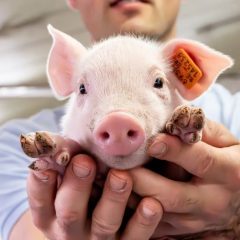Dossier Animal welfare
- Poultry
- Laying hen
- Broilers
- Dual-purpose chicken
- Turkey
- Pigs
- Dairy cow
- Beef cattle
- Dual-purpose-cow
- Rabbit
- Animal Welfare
- Heat stress
Animal welfare is getting more and more attention from livestock producers, consumers and policymakers alike. But how can we continue to improve the welfare of our livestock? How can we objectively measure animal welfare? And how can these data be used in practice?
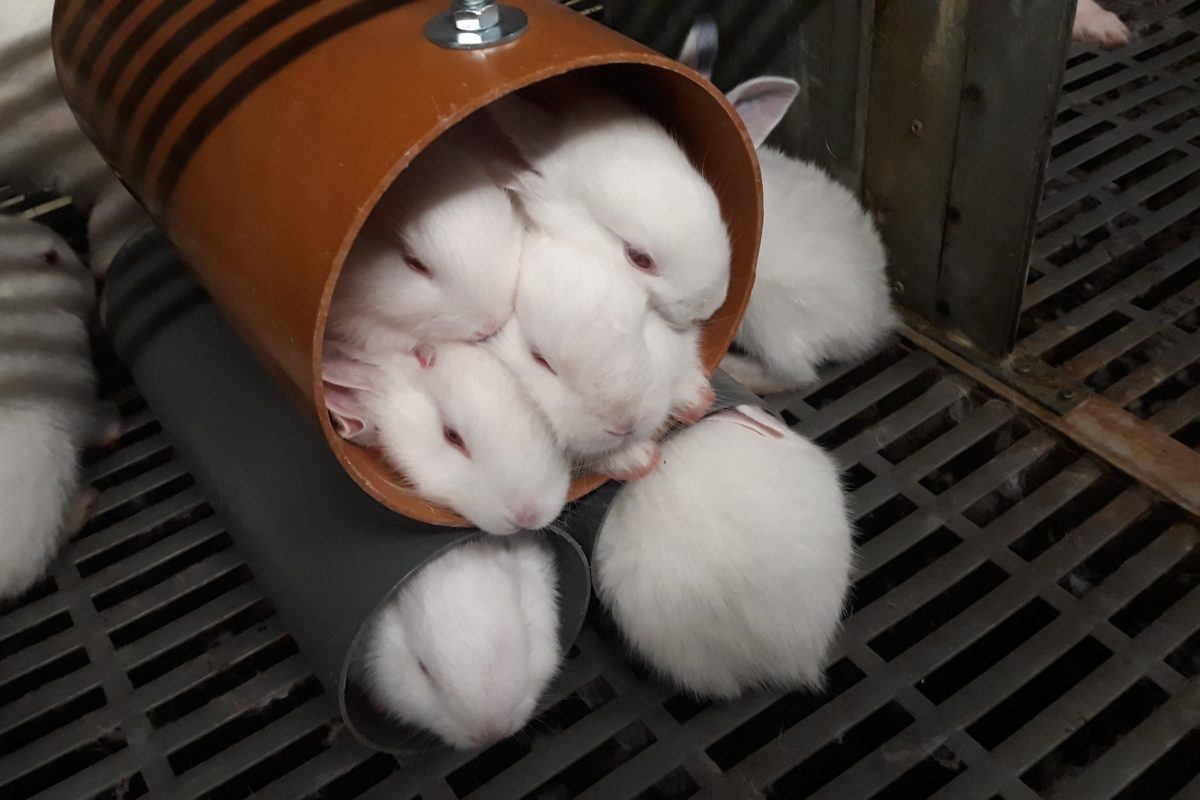
What does ILVO do?
-
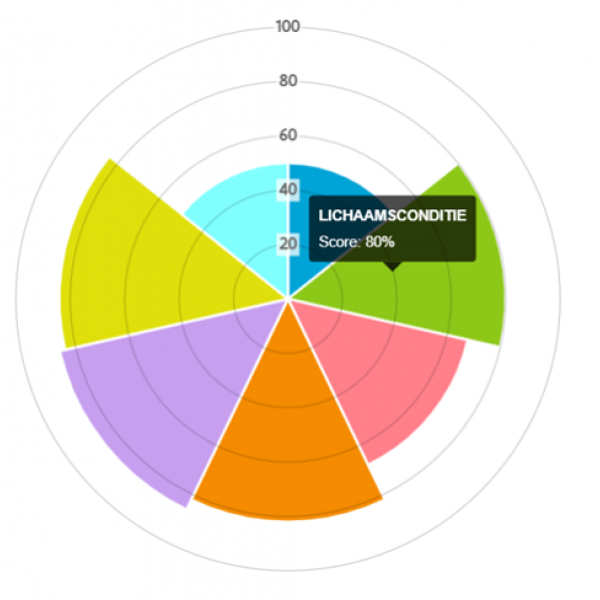 Development, validation and application of indicators to monitor animal welfare on farms, during transport and at the slaughterhouse.
Development, validation and application of indicators to monitor animal welfare on farms, during transport and at the slaughterhouse. -
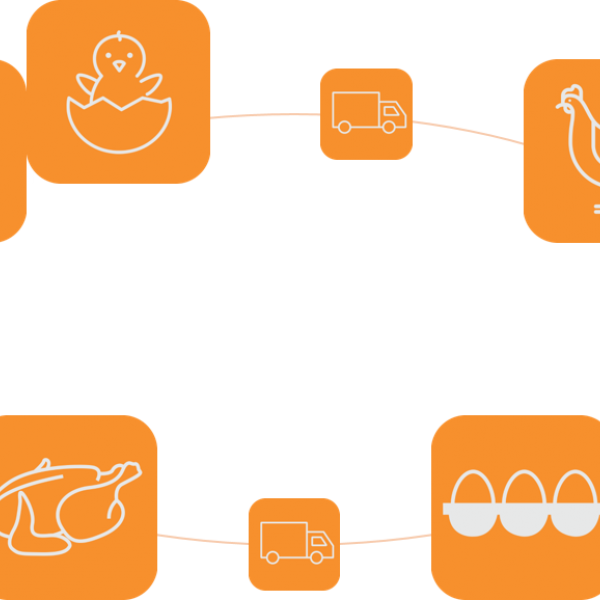 Optimization of farm animal welfare at every stage of the chain, because animal welfare is a shared responsibility of all chain partners.
Optimization of farm animal welfare at every stage of the chain, because animal welfare is a shared responsibility of all chain partners. -
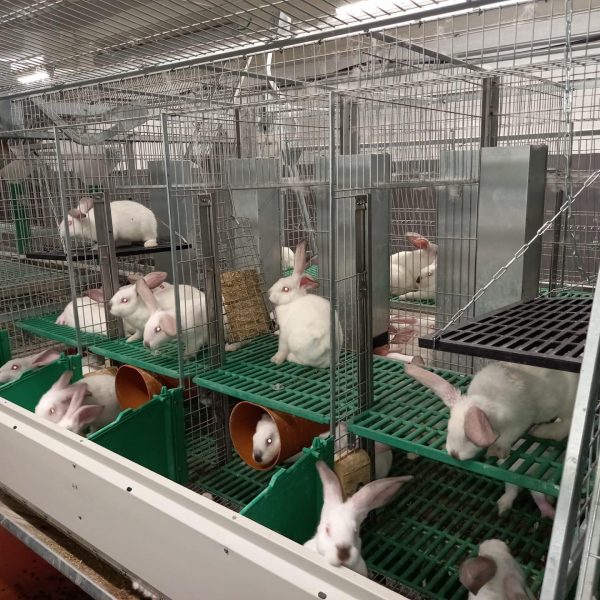 Research into the optimal housing and management of pigs, cattle, poultry and rabbits alike should improve the quality of life.
Research into the optimal housing and management of pigs, cattle, poultry and rabbits alike should improve the quality of life. -
ILVO provides objective information about actions that are socially contested, makes them open to discussion and seeks solutions
-
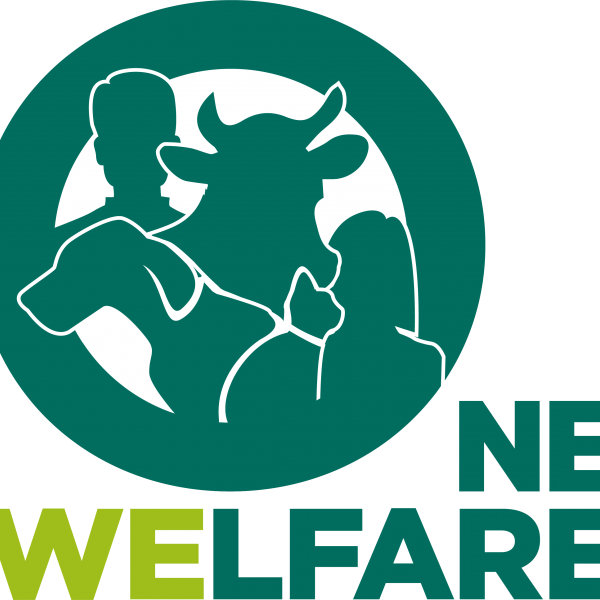 ILVO investigates links between farm animal welfare and other pillars of sustainable livestock farming (economy, social, ecology)
ILVO investigates links between farm animal welfare and other pillars of sustainable livestock farming (economy, social, ecology)
What is animal welfare?
Animal welfare is about the quality of life as experienced by the animal itself. To make the definition of animal welfare more concrete, five freedoms for animals that must be met were established in 1965.
- Free from thirst and hunger
- Free from thermal and physical discomfort
- Free from pain, injury and disease
- Free from fear and chronic stress
- Free to exhibit normal and species-specific behavior
Fraser introduced the three-circle model to define animal welfare. The principles shown in this model show how the five freedoms can overlap and diverge at the same time.
The principle of "Basic Health and Biological Functioning" focuses on the physical condition of the animal, including good health, normal body function, and normal growth and development. This principle addresses the freedoms of hunger and thirst (Freedom 1); discomfort (Freedom 2); and pain, injury, and disease (Freedom 3).
The principle of "Natural Life" emphasizes that animals should be able to live reasonably natural lives. This includes being able to perform species-specific behaviors (e.g., dust bathing for chickens or grazing for cows) and having some natural elements in their environment (e.g., sunlight, fresh air, or social contact for herd animals). This principle comes closest to the freedom to exhibit normal behavior (Freedom 5).
The principle of "Affective State" considers the emotional state of the animal in that animals should feel mentally well and not be subjected to negative emotions. Negative emotions include unpleasant states such as pain, hunger, and stress. In addition to merely avoiding the negative, animals should also be able to experience positive emotions in the form of pleasure or satisfaction (e.g., social contact). This principle is most closely related to freedom from hunger and thirst (Freedom 1); pain, injury, and disease (Freedom 3); and anxiety and chronic stress (Freedom 4).
Why is animal welfare getting more and more attention in Belgium?
Conventional agriculture, which aims to maximize yields by producing on a very large scale, is increasingly moving toward sustainable agriculture that is economically sound, socially just, and ecologically viable. In animal production, animal welfare is considered the fourth pillar in sustainable agriculture. In this respect, animal welfare is not only important because society considers it important, but the quality of life of sentient beings in our care is of intrinsic importance.
Research challenges within animal welfare
Climate change, which is accompanied by warmer periods, also affects our agricultural animals. Temperature regulation in poultry and pigs is limited, so these animals suffer more often from heat stress. ILVO is working on a heat plan for the Flemish pig farming sector together with various partners from the pig sector (project COOLPIGS). Climate change with warm periods or heavier rainfall also constitutes a challenge for animals that are often kept outside. Adequate natural shelter is therefore necessary. This is being investigated in the project WEIDESCHERM.
Despite the larger scale of many farms, farm animals remain individuals. The farmer should therefore monitor the animals on a daily basis. When individual animals have no more prospects due to illness or weakness, they should be killed as humanely as possible to avoid hopeless and needlessly long suffering. But how do you do that best? The European Regulation 1099/2009 describes the permitted methods, but within the poultry sector not all of these methods are correctly applied, nor are they all known. The task in the KUIKDOOD project was to investigate the animal friendliness, effectiveness and practical feasibility of the various individual killing methods for poultry.
The focus of animal welfare is not only to protect the animals from negative influences, but positive stimulation is also important for good animal welfare. For example, music in the stable could be a stimulus for positive behaviors or perhaps even for better production. The MUZIEKVARKENS project is looking into this further.
Organic farming is becoming more and more important. Regular welfare parameters cannot always be applied, which means that adjusted values are needed.
How can we measure the welfare of an animal?
Animal welfare is not easy to measure. Often indirect indicators, such as health or dimensions of housing, are used to measure the affective state of an animal. But it is better to measure the effect of these indirect indicators on the animals using animal-related indicators. For example, it is not better not only to measure the temperature in the house, but also to check that the animals do not show signs of heating or hypothermia.
Within the EU-project Welfare Quality®, ILVO has collaborated on the design of standardized protocols for measuring animal welfare on practical farms by means of measurements on animals, based on the five freedoms. Depending on the application, ILVO has refined, simplified or automated existing tools, or developed new tools.
The farmer can measure animal welfare on the farm
The (Dutch-language) Dierenwelzijn Scan was developed upon request of the Boerenbond (farmer's association). It allows the conventional farmer to evaluate the welfare of his or her own chickens, cattle and pigs.
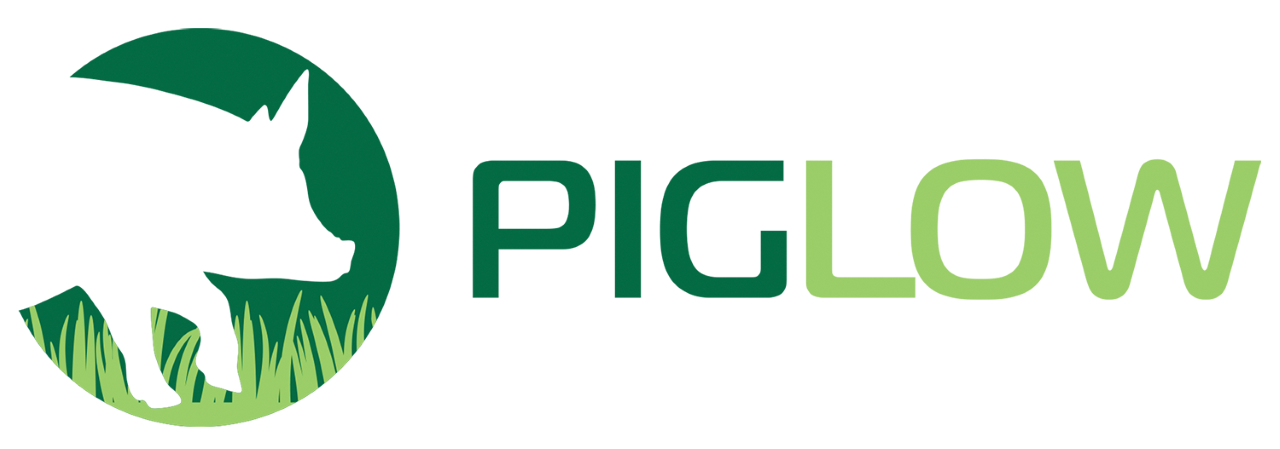
The PIGLOW app is specifically designed for extensive pig farms (organic or other free-range systems). The app is available for Android and iOS, in 8 different languages. The French project partner within project PPILOW, ITAVI, also developed an app for extensive poultry farms, EBENE.
In both apps, in addition to some general questions about the housing type and production numbers, animal-related indicators are measured both in group and on the individual animal. After completing and forwarding a questionnaire, a report with additional information is immediately and automatically generated and sent to the farmer. The most important indicators are shown in a welfare radar with benchmarking. This gives the farmer an insight into possible points of improvement.
Measuring animal welfare in the slaughterhouse
The Welltranstool can be used to measure the welfare of broiler chicks in the in the pre-slaughter phase, from catch to slaughter). These measurements take place at the slaughterhouse, both in the waiting area and at the slaughter line. Based on a number of animal-related indicators such as number of trapped animals, backbones, fractures and rejected carcasses, a score from minimum 0 to maximum 100 is assigned per indicator. Via an integration method these scores per indicator are converted to an overall welfare index (0 - 100).
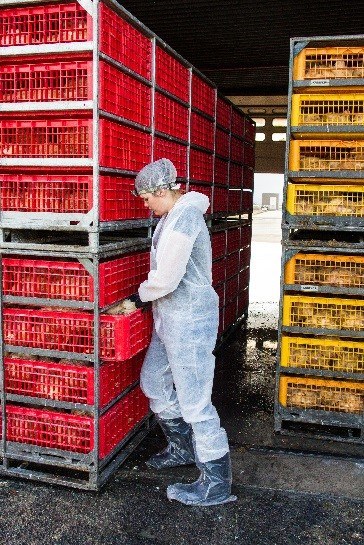
In the LEGMONI-project ILVO will develop a tool that will monitor the welfare of laying hens at the slaughter line. It must be simple, practical and objective. The tool should reveal the areas for improvement in all phases of the life of the hen from the start of production to slaughter (stay in the house, catching and loading the hens, transport to the slaughterhouse and the slaughter procedure itself). Here too, animal-related indicators such as feather score, sternum lesions, foot pad lesions are measured, but only in the slaughterhouse (both in lairage and at the slaughter line). We link the indicators to the different phases in the laying hen sector.
Contact an expert

